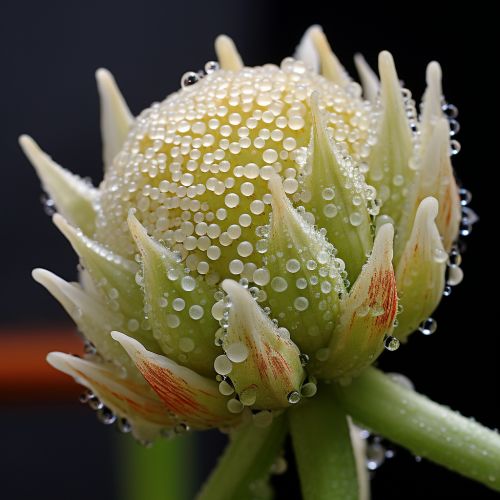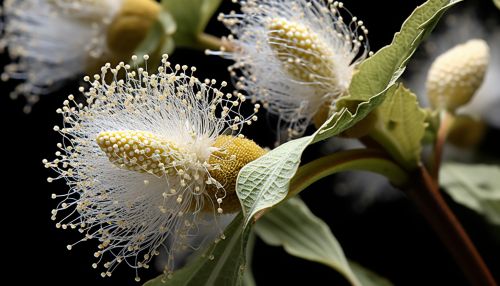Angiosperms
Introduction
Angiosperms, or flowering plants, are the most diverse group of land plants, with approximately 64 orders, 416 families, approximately 13,000 known genera and 300,000 known species. They are seed-producing plants like the Gymnosperms, but can be distinguished from gymnosperms by characteristics including flowers, endosperm within the seeds, and the production of fruits that contain the seeds.
Evolution and Diversity
The angiosperms are a large group and the evolution of these plants has been a topic of ongoing investigation. The earliest known fossils of angiosperms date from the Early Cretaceous epoch. The first angiosperms were tree-dwelling plants that produced a closed seed, or carpel. The carpel is a key evolutionary innovation of the angiosperms, and is the female reproductive organ that encloses the seeds protecting them from harsh environmental conditions and predators.


Anatomy and Morphology
Angiosperms exhibit a wide variety of morphological characteristics. However, all angiosperms share a few defining traits: the presence of flowers, the production of fruits that contain seeds, and the presence of endosperm within the seeds. The flower is the characteristic reproductive structure of angiosperms, and it is composed of four whorls or parts: the calyx, the corolla, the androecium, and the gynoecium.
Reproduction and Life Cycle
Angiosperms reproduce sexually through a process called double fertilization. This process involves the joining of a sperm and egg to form a zygote and the simultaneous fusion of a second sperm with two polar nuclei to form the endosperm. The zygote develops into an embryo, while the endosperm provides nourishment for the developing embryo.
Ecological Role and Importance
Angiosperms play an essential role in most ecosystems. They are the primary producers in many ecosystems, providing food and habitat for a wide variety of animals. They also play a critical role in the Earth's carbon cycle, as they absorb carbon dioxide from the atmosphere during photosynthesis and store it in their tissues.
Economic Importance
Many angiosperms have significant economic importance. They provide many of the world's leading food crops, including wheat, rice, and corn. They also provide timber, fiber for clothing, and many medicinal products.
